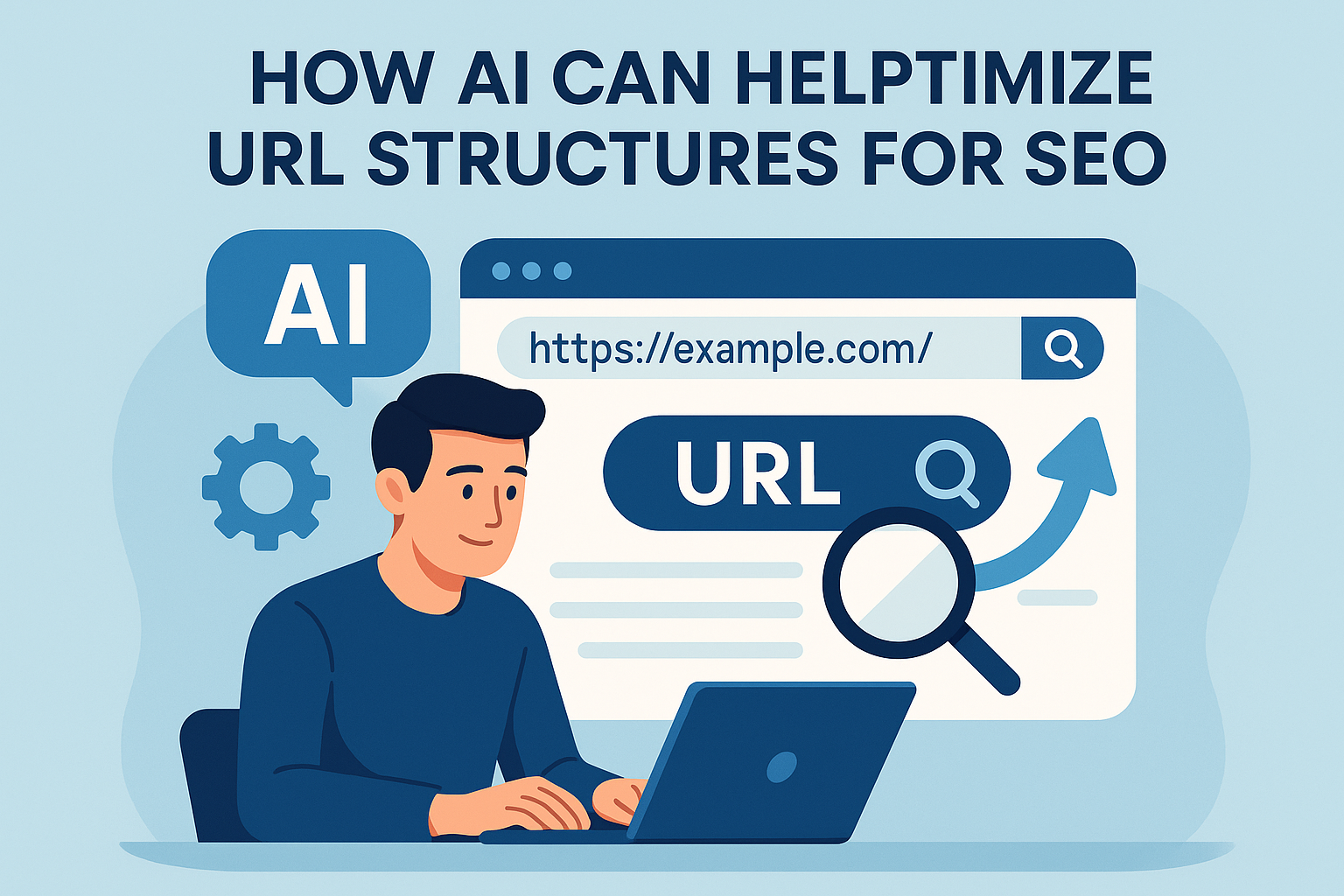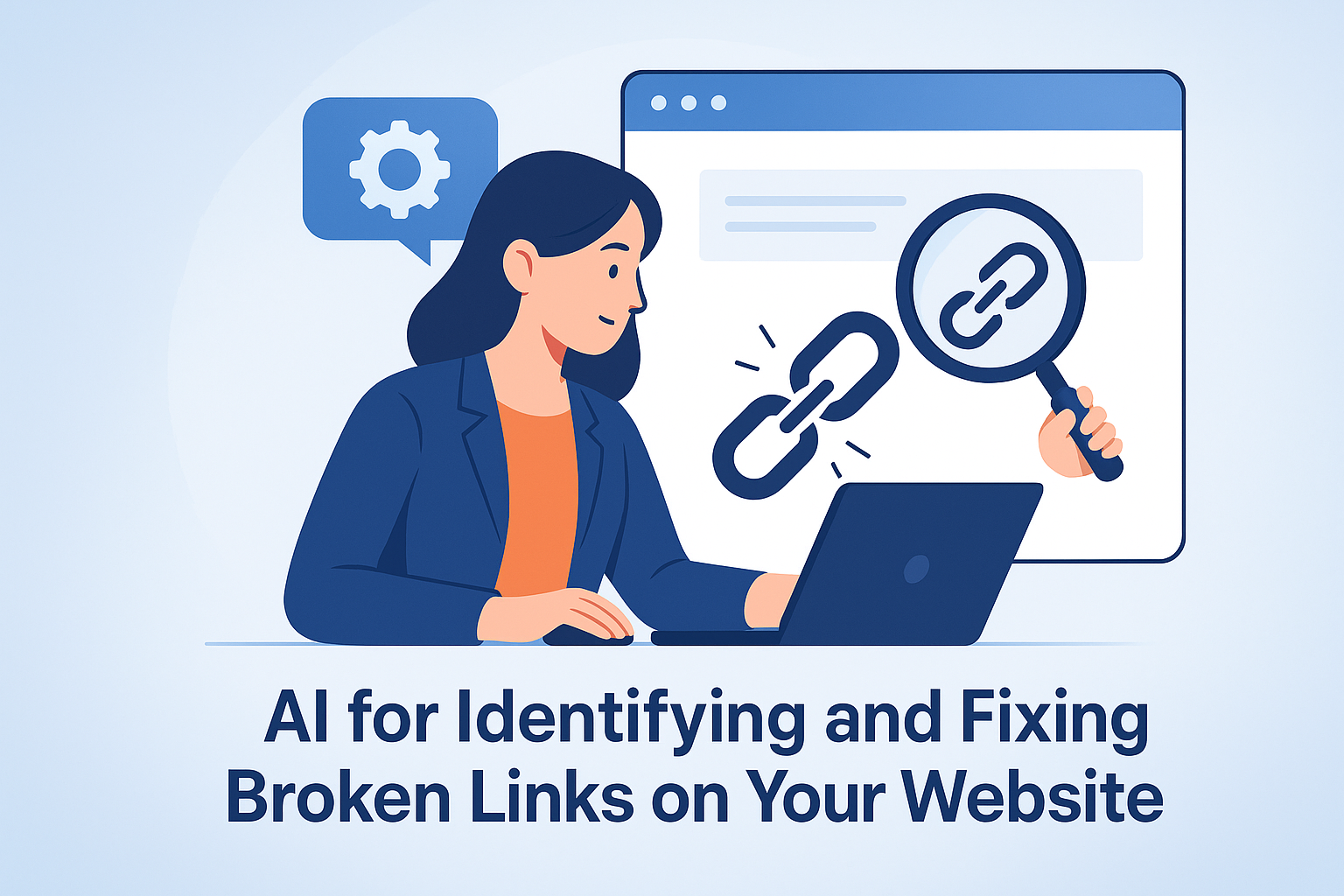Great content needs more than good ideas. It needs great structure—starting with how you organize your headings and subheadings.
Headings (H1, H2, H3, etc.) aren’t just for formatting—they’re essential for SEO, user experience, and indexing. They help readers scan your content, help search engines understand the hierarchy of information, and boost your chances of appearing in featured snippets or voice search results.
With tools like DIYSEO GPT and the DIYSEO AI Writer, you can now generate smart, semantically aligned heading structures for every post—automatically and at scale.
Why Heading Structure Matters in SEO
Search engines use headings to understand what your content is about—and how each section relates to the whole.
Benefits of Optimized Heading Structures:
| Benefit | SEO/UX Impact |
|---|---|
| Keyword targeting | Headings are a prime location for semantic keywords |
| Content hierarchy | Helps Google interpret the structure and flow of ideas |
| User experience | Improves readability and scannability |
| Rich result eligibility | Structured headings help you win snippets and People Also Ask boxes |
| Accessibility | Screen readers rely on proper heading tags for navigation |
Header Tag Hierarchy (H1 to H6) Explained
| Tag | Purpose | Use Case |
|---|---|---|
| H1 | Main title of the page | Only one per page, includes the primary keyword |
| H2 | Main section titles | Use for every key section of your article |
| H3 | Subsections under H2s | Use to expand on subtopics or break down lists |
| H4–H6 | Optional, for deep nesting | Use sparingly in highly detailed guides |
Step-by-Step: Structuring Content with Headings Using AI
✅ Step 1: Audit Heading Structure with DIYSEO GPT
Start by reviewing the current heading hierarchy using DIYSEO GPT.
Prompt:
“Analyze the heading structure of my blog post on ‘AI SEO Tools’ and identify missing hierarchy, duplication, or SEO gaps.”
DIYSEO GPT will detect:
- Missing or duplicate H1 tags
- Inconsistent H2/H3 nesting
- Opportunities to add semantic keywords to headers
- Disorganized flow or layout problems
This gives you a detailed roadmap for structural optimization.
✅ Step 2: Generate a Proper Heading Outline with DIYSEO AI Writer
Use the DIYSEO AI Writer to create a full article outline with optimized headings and subheadings.
Prompt Example:
“Generate an SEO-friendly outline with H1, H2s, and H3s for a 1,500-word article on ‘Best AI SEO Strategies for 2024.’”
Output:
- H1: Best AI SEO Strategies for 2024
- H2: Why AI Is Reshaping SEO
- H2: Top AI-Powered SEO Tools to Watch
- H3: DIYSEO GPT for Audit Automation
- H3: DIYSEO AI Writer for Content Planning
- H2: Strategies for On-Page Optimization
- H2: Using AI for Technical SEO
- H2: Building Authority with Smart Linking
- H2: Final Thoughts on AI SEO in 2024
This structure gives the article semantic depth, keyword targeting, and logical flow.
✅ Step 3: Match Headers to Searcher Intent and Query Type
Headings should mirror the questions and tasks searchers want answers to.
Prompt:
“Rewrite these headings to match informational search intent for the keyword ‘how to use AI for SEO content.’”
Before:
- H2: Benefits of AI Tools
- H2: Choosing the Right Platform
- H2: Implementing AI Workflows
After:
- H2: What Are the Benefits of Using AI for SEO Content?
- H2: How Do You Choose the Right AI SEO Tool?
- H2: Step-by-Step: How to Integrate AI into Your Content Process
This structure increases your chances of ranking for PAA boxes and voice search.
✅ Step 4: Use AI to Rewrite and Improve Existing Headers
Poorly written headers are a missed SEO opportunity. Use AI to improve clarity, keyword usage, and scannability.
Prompt:
“Rewrite these H2s to include relevant keywords and align with user expectations.”
DIYSEO AI Writer will:
- Add keywords naturally
- Improve action-orientation or clarity
- Avoid repetition across posts
Example:
- Before: Tools Overview
- After: Top AI SEO Tools for Automating Keyword Research
✅ Step 5: Break Down Content into Digestible H2/H3 Chunks
Avoid long sections of uninterrupted text. Use AI to:
- Insert H3s every 150–200 words
- Create subtopics from long paragraphs
- Add FAQs or list-based subheadings
Prompt:
“Break this 600-word section into 3 H3s under the existing H2 ‘Using AI to Plan SEO Content.’”
The result? Cleaner layout, more engaging structure, and better comprehension for readers and bots alike.
Bonus: Promote Well-Structured Content with DIYSEO Link Marketplace
Once your article is optimized with clear headings and structure, promote it using the DIYSEO Link Marketplace.
Why Structure Matters for Link Outreach:
- Content with strong layout and sectioning is easier for publishers to syndicate or link to
- Clearly labeled sections make it easier to pitch content for roundups and resource lists
Anchor Text Examples:
- AI-powered SEO strategy guide
- Smart content structuring tips
- How to use AI for SEO planning
A structured article + quality links = maximum performance in the SERPs.
Real-World Example: From Poor Structure to Page One Ranking
Problem: A long-form post on “AI in Technical SEO” had good information but poor heading structure. It was stuck on Page 2.
DIYSEO Fix:
- Used DIYSEO GPT to identify:
- Two H1 tags
- Vague and repetitive H2s
- No H3s or subtopic nesting
- Used DIYSEO AI Writer to:
- Rewrite the structure with clear H2s and H3s
- Add semantic keywords to headings
- Insert FAQs and a list format under key sections
- Promoted the optimized post using DIYSEO Link Marketplace
Results:
- Rankings jumped from #14 to #4
- Time-on-page increased by 47%
- Bounce rate dropped by 29%
- Featured in “People Also Ask” for multiple related queries
DIYSEO Heading Optimization Workflow
| Step | Tool | Task |
|---|---|---|
| Audit structure | DIYSEO GPT | Check for missing tags, poor hierarchy, or duplication |
| Generate outline | DIYSEO AI Writer | Build optimized H1–H3 structure for content planning |
| Improve clarity | DIYSEO AI Writer | Rewrite vague or non-keyword headers |
| Add depth | DIYSEO AI Writer | Insert FAQs, step-by-step subtopics, or lists |
| Promote | DIYSEO Link Marketplace | Build backlinks to well-structured, engaging posts |
Final Thoughts
Headings aren’t just design elements—they’re SEO power tools. A clear structure improves readability, keyword targeting, and engagement.
With DIYSEO, you can:
- Audit and fix header structure across your site
- Generate optimized outlines that boost keyword relevance and ranking potential
- Use AI to write headers that match searcher expectations
- Promote well-organized content to build authority and traffic
Structure your content like a pro—with help from AI that knows how to write for humans and rank for search engines.
Frequently Asked Questions
1. How does AI help in structuring articles with headings and subheadings for SEO?
AI plays a pivotal role in optimizing the structure of articles for SEO by analyzing and understanding the content at a granular level. It utilizes Natural Language Processing (NLP) to comprehend the main topics and subtopics within a write-up. AI algorithms can suggest appropriate headings and subheadings that resonate with both human readers and search engines. This is vital because a well-structured article not only improves readability but also aids search engines in better understanding the content, which can lead to higher rankings in search results. AI tools can automatically generate headings and subheadings based on relevant keywords, ensuring that the content is both SEO-friendly and engaging for readers.
2. Can AI ensure that the headings are both human-centric and SEO-friendly simultaneously?
Yes, AI can balance the dual needs of human-centric readability and SEO-friendliness. AI-driven tools are designed to identify key points and concepts within the text, and subsequently generate headings that succinctly capture these ideas. They take into consideration user intent and search patterns, which helps in crafting headings that appeal to human interest while incorporating SEO best practices. By employing AI, writers can efficiently produce content that ranks well in search engines due to strategic keyword placement, and at the same time, retains an engaging and readable format for the audience.
3. What are some AI tools available for structuring articles with headings and subheadings?
There are several AI tools that are specifically designed for optimizing article structures with appropriate headings and subheadings. Tools like MarketMuse, Frase, and Clearscope offer advanced machine learning algorithms that assist in content optimization based on relevant data. These tools analyze competitors’ content, search engine trends, and user behavior to suggest effective headings and subheadings. Additionally, AI writing assistants like Jasper (formerly Jarvis) can automatically generate ideas and structure content to meet SEO criteria. By deploying these tools, content creators can enhance their workflows, save time, and improve overall content quality.
4. How can AI improve the readability of headlines in an article?
AI enhances readability by creating concise and informative headings that guide the reader through the text. This involves breaking down complex ideas into simpler, digestible chunks, thereby improving flow and comprehension. AI analyzes the language, tone, and engagement statistics to tailor headlines that resonate with the target audience. Furthermore, AI can forecast the effectiveness of different headline strategies by simulating user interaction, making it easier to choose the most compelling options. This ensures that the content not only holds the user’s attention but also encourages them to read through while increasing dwell time on a webpage, which positively influences SEO.
5. Are there potential drawbacks to using AI for structuring article headings and subheadings?
While AI offers numerous benefits for structuring articles, there are potential drawbacks that content creators should be aware of. One limitation is the potential lack of nuance and personal touch that a human writer can bring to the content. AI-generated headings might occasionally lack creativity or may not perfectly align with the writer’s original vision. Additionally, AI is reliant on the quality of data it accesses; if data sets are outdated or biased, it could result in suboptimal suggestions. Therefore, while AI can be a helpful tool, it’s crucial for writers and editors to review and refine AI suggestions to ensure they meet both SEO targets and brand standards.



